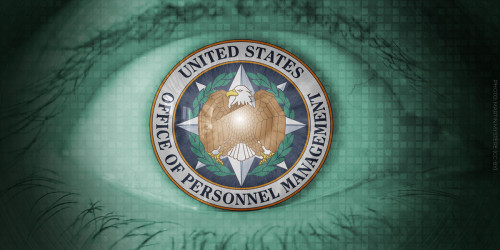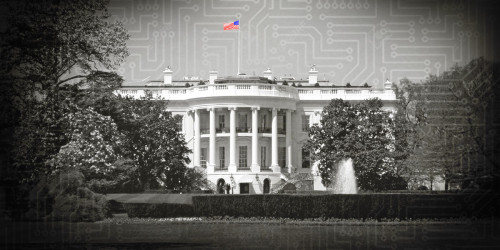"Spies' Battleground Turns Virtual," proclaims a headline in Wednesday's Washington Post. The headline alone would raise concerns — after decades of electronic surveillance, what exactly is it about US spies' work that has suddenly turned virtual? But this turns out to be only the first of the many falsehoods, baseless assertions and lame misperceptions that comprise the Intelligence Advanced Research Projects Activity's new fearmongering paper on the dangers of unmonitored civillian communication.
The ostensible "news" here, as best EFF can make out, seems to be that terrorists, criminals, hoodlums and presumably Communists are using 3-D online virtual worlds like Second Life to "move money, organize and conduct corporate espionage."
Only, if you read the whole article, there's not actually any important news at all:
"One intelligence official, who spoke on condition of anonymity, said he had no evidence of activity by terrorist cells or widespread organized crime in virtual worlds."
In short, despite IARPA's assertions, there is absolutely no evidence or basis for the concern highlighted in the story.
Instead, it paints a picture of a federal agency made up of "intelligence officials" who may have watched The Matrix or Lawnmower Man one too many times, and are conflating reality with glorified 3-D special effects.
For instance, the same anonymous official (who has apparently played Rampage) worries: "Some computer users have used their avatars to destroy virtual buildings." Imagine our horror!
And the IARPA paper frets: "Virtual environments provide many opportunities to exchange messages in the clear without drawing unnecessary attention... Additionally, there are many private channels that can be employed to exchange secret messages." If the patent absurdity of this concern is unclear, just replace "virtual" with "physical", and consider that the IARPA may soon want to consider outlawing doors — after all, terrorists and criminals may be closing doors right now to facilitate the exchange of secret messages.
Online virtual worlds have of course existed for close to two decades — the first, LambdaMOO, started in 1990. But to view these as a security threat is ludicrous; they allow no more private communication than a standard website or chat-room. We're sorry to shatter IARPA's illusions, but the recent arrival of 3-D graphics and a mass audience hasn't enhanced their ability to harbor terrorists in any meaningful way.
Instead of providing useful insight into the nature of security in a networked world, the IARPA paper only serves to emphasize the US federal intelligence complex's pervasive belief that it's both possible and desirable to implement pantopticon-style "total information awareness". In these agencies' view, any unmonitored communication is a potential crime. It's the same deluded perspective that's behind the NSA's recent illegal surveillance of our phone conversations.

It's always been hard to take this idea seriously — but its proponents are not doing themselves any favors by waxing hysterical about the dangers of 3-D graphics and "cartoon-like personas".
FYI, you can engage in dangerous, unmonitored 3-D communication with each other at the EFF virtual headquarters in Second Life at Kula (110, 224, 24).











